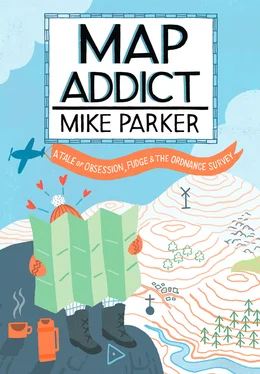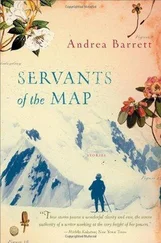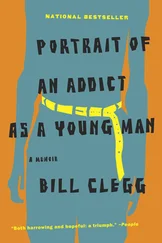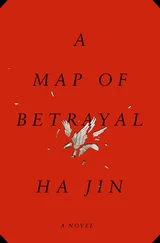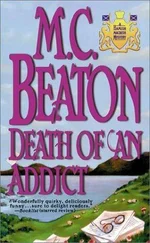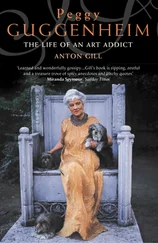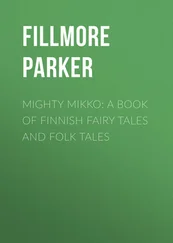1 ...6 7 8 10 11 12 ...18 Sumptuous though the atlas is, for sheer page-turning wonder to pass the time under my palm tree, the AA’s Illustrated Road Book would probably have the edge as my final desert island choice (spending the rest of my days with a product, however good, of the Reader’s Digest couldn’t possibly be cosmically healthy). The key word is ‘Illustrated’, for the England and Wales book, and its companion tome to Scotland, are dotted with the cutest little pen-and-ink drawings of interesting things to see. Every double-page spread has a gazetteer of towns and villages on one side, and five or six drawings from these places on the other. The England and Wales volume is more than five hundred pages long; there are well over two thousand illustrations. As if that wasn’t enough, the whole country and scores of towns and cities are exquisitely mapped.
In the mid 1960s, ‘places of interest’ were not, for the most part, the things that brown tourist signs point to these days. After all, back then there were no theme parks, designer-outlet shopping malls or fully interactive heritage experiences. Instead, the book presents a dizzying array of interesting houses, churches, memorials, ruins, windmills, stones, bridges, carvings, gargoyles, inns, follies, tollbooths, plaques, graves, wells, even trees, topiary, maypoles and mazes. The illustrators had a particular fondness for unusual signposts, whether pointing down country lanes to oddly named hamlets like Pity Me, Come To Good, Bully Hole Bottom, Pennypot, Wide Open, Cold Christmas, Fryup, Wigwig, Land of Nod, Make Em Rich, New York (Lincolnshire), Paradise, Underriver, Tiptoe and The Wallops, or city street signs such as Leicester’s Holy Bones, Hull’s Land of Green Ginger, and Whip-mawhop-ma-gate in York. Other unusual signs illustrated in the book include a warning of a 1 in 2 gradient on a road outside Ravenscar, one declaring ‘Road Impassable to Vehicles of the Queen Mary Type’ at Bampton in Oxfordshire, and one on the A35 near the kennels of the East Devon Hunt stating ‘Hounds Gentlemen Please’.
It all sounds wonderfully archaic, a feast of nostalgia, but in fact the vast majority of the things featured and illustrated in this substantial book are still there. They may sometimes be a little overgrown or hard to find, but that’s part of the joy in searching them out. I’ve not
found any more up-to-date book that is so comprehensive in its sweep through the weird and wondrous features of the British landscape, and it’s still the first guide book into my camper van when I head off to amble around part of the country, particularly if it’s an area I don’t know too well. It has steered me to many memorable encounters with places and objects that represent the soul of this country, introduced me to some fascinating people and given me countless shivers down my spine as I come face to face with things I half expected to have vanished. That’s the crux of it: this book makes me feel part of a long, unbroken continuum of travellers, pilgrims and folk who just love poking their noses into their own—and others’—back yards to root around for the truffles of our national identity. Many of these pilgrims are long gone, but the spirit of their modest adventure lives on, and it will outlive any of us. I’ve known this book for decades, for my grandparents, both also gone, had a copy that I spent many quiet hours contemplating, and I was overjoyed to find my own in a second-hand bookshop in Presteigne. It still has the price—£8—pencilled on the first page; truly the finest eight quid I’ve ever spent. If I could calculate the number of hours I’ve spent combing its pages, it would easily run into several hundred, yet every time I open it, I still find something brand new that I want to go and see immediately.
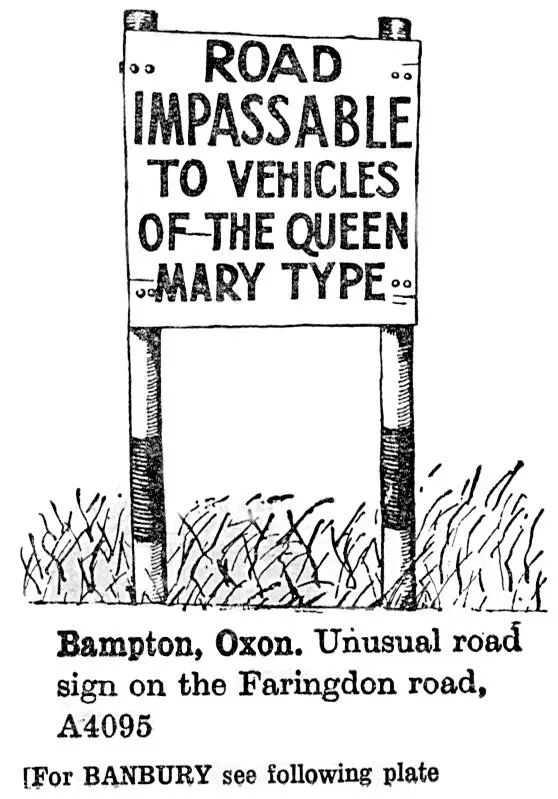
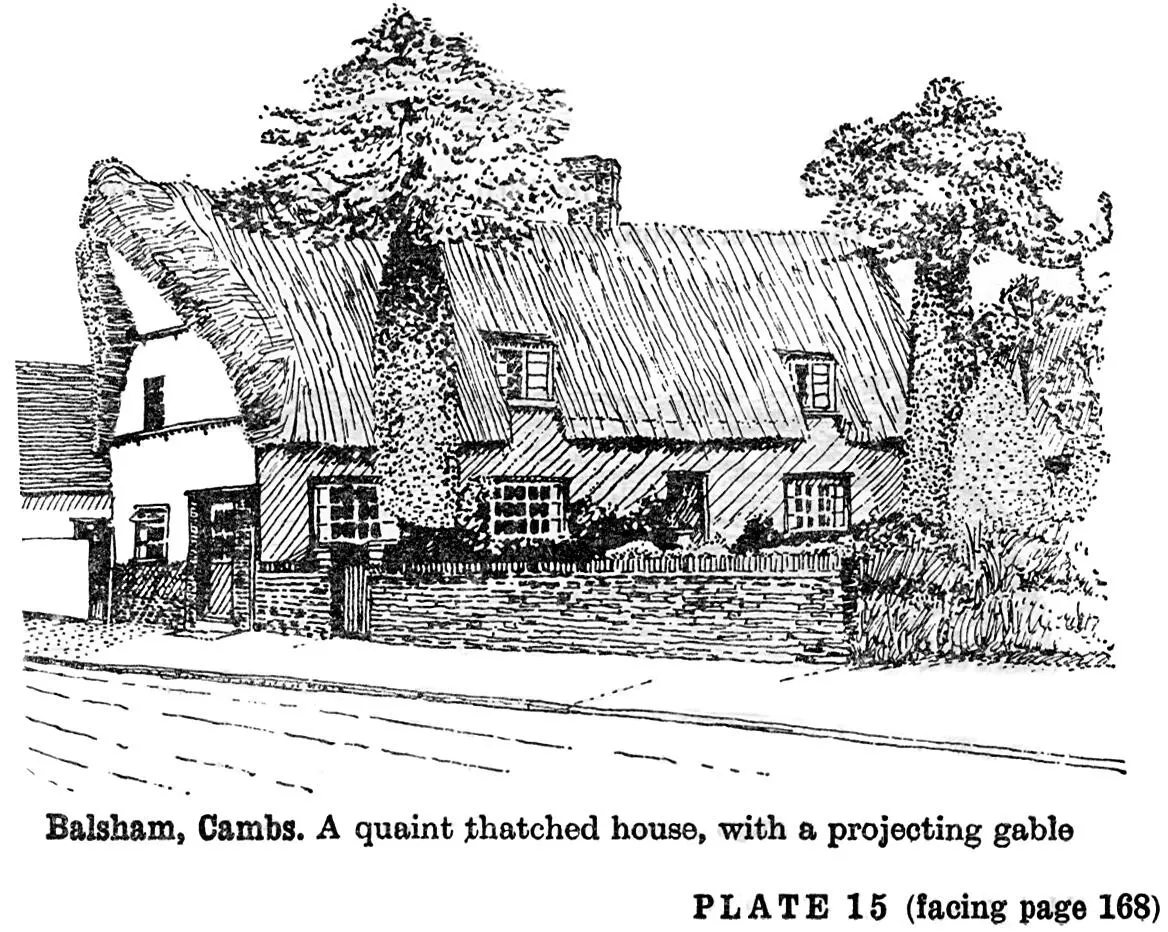
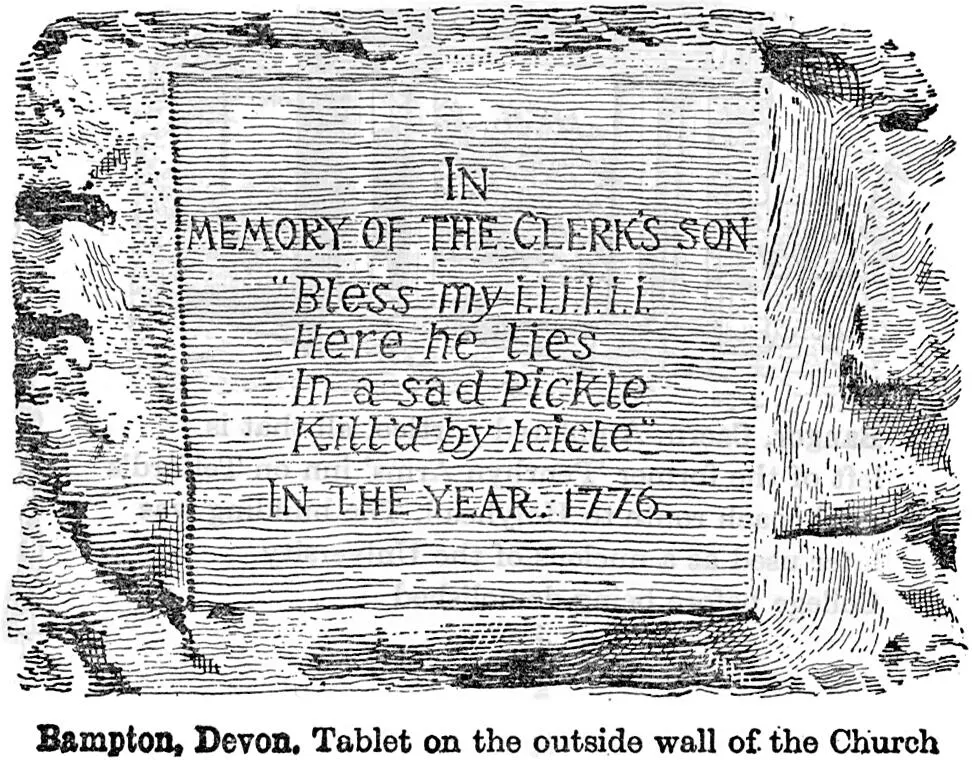
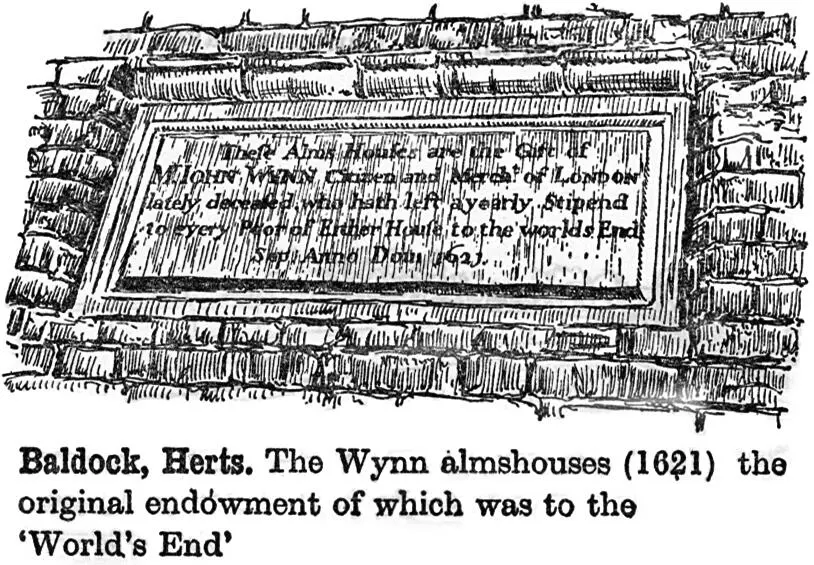
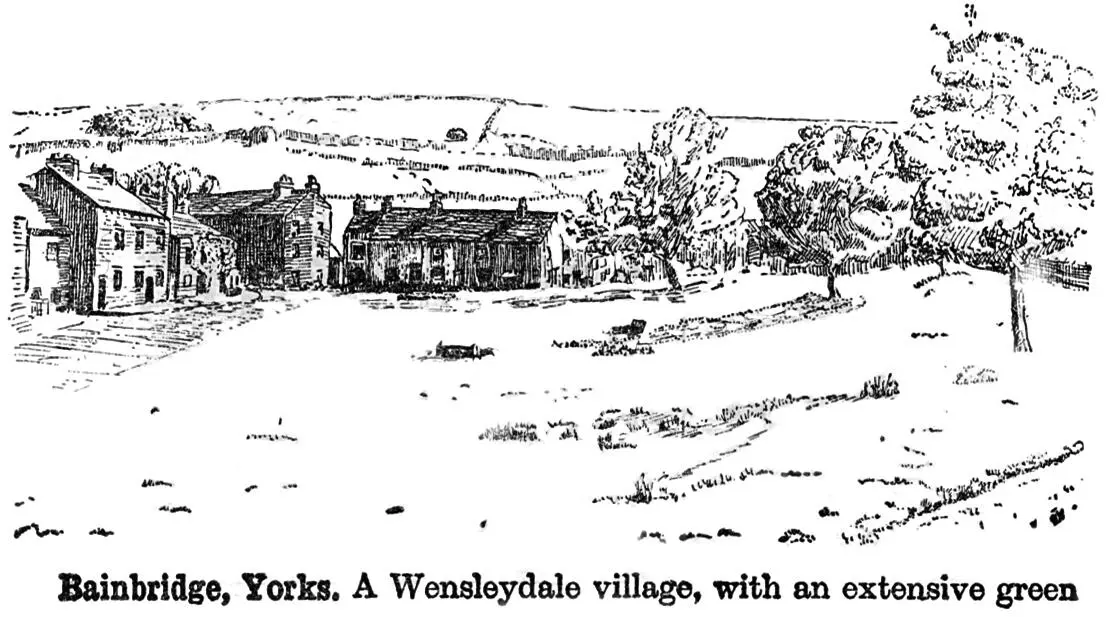
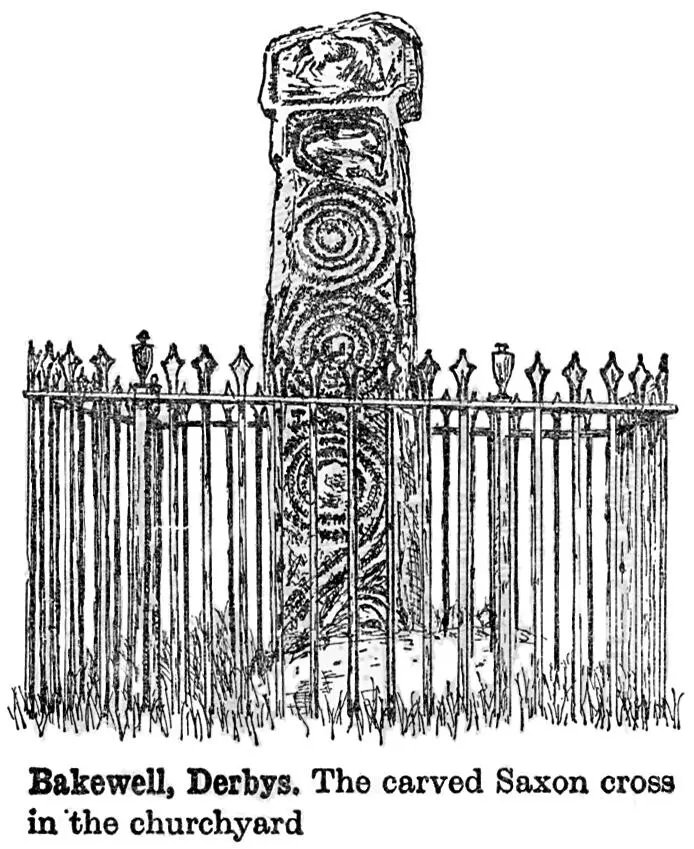
The country as captured by the artists of the 1960s AA Illustrated Road Book of England & Wales
Alone on my desert island, the maps, descriptions and little sketches of the country I’d loved and lost would be a terrific condolence. The British landscape, a patchwork of astonishing variety spread over a comparatively small area, is the perfect antidote to any malaise of the spirit; I am sure that for almost any condition of the heart or head, there is a landscape to soothe and calm, or invigorate and inspire. We have a bit of everything, but not too much of anything.

A map reminds us constantly of what is possible, of how much we have seen, and how much we have still to see. This therapeutic longing for place and rootedness has its own word in Welsh, hiraeth , for it is central to the Welsh condition. Homesickness doesn’t quite cover it in English, but what cannot be readily expressed in one word has found ample expression over the centuries in art, literature and music. In the mud and madness of the First World War, it was the poetry of A. E. Housman, invoking an England of foursquare permanence and bucolic tenderness that filled the pockets of the poor bastards in the trenches. From the same war, Cotswold composer-poet Ivor Gurney was invalided back to Britain, eventually cracking under the strain of his own imagination and the horrors that he’d witnessed, and committed to an asylum in Kent. There, he would respond to nothing except an Ordnance Survey map of the Gloucestershire countryside that he adored, had explored so freely, and had written about with such vivid hiraeth . The map was a cipher for all that he loved, the last thread that connected him with life.
Our eternal love affair with our own topography is one of the defining features of being British. Of course, every country has this to some extent, but we have long honed it into an art form and an obsession. It’s the ‘sceptr’d isle’ thing, for even the frankly weird shape of our country is enough to get the juices flowing. The island of Britain is the oddest of the lot: a long, thin, slightly cadaverous outline, yet prone to sudden bulges and protuberances that hint at a fleshy softness and yielding giggle. There are the satisfying semi-symmetries of East Anglia and Wales, Kent and the West Country and the jaws of Cardigan Bay, the raw geology of Scotland’s unmistakeably bony knuckles, the little Italy of Devon and Cornwall. The island of Ireland, that ‘dull picture in a wonderful frame’, with its smooth east and shattered west, sits there knowing all too well that its larger neighbour, entirely shielding it from the European mainland, is going to be trouble.
I used to have a huge map of Great Britain and Ireland on my wall, and invite any visitors to place a pin in it where they felt that they most belonged. Some people plunged in their pins with relish, while others hovered for ages: ‘D’you mean, where I live?’ ‘No, where you feel you belong—it can be where you live if you like, but it doesn’t have to be.’ I loved to watch the mental process going on, the look of wide-eyed wonder as even people who’d never much thought about maps stared hard at the familiar shapes and let themselves mentally patrol the landscape. How differently people perceive the same place is a neverending source of fascination to me. We all have our own prejudices—justified or not—against certain locations, and we’ll go to the grave with them. There is institutional snobbery at work too, for there are, and have been for centuries, two very different maps of the country that reinforce almost every aspect of our history and identity. I call them the A-list and B-list maps of Britain.
Читать дальше
